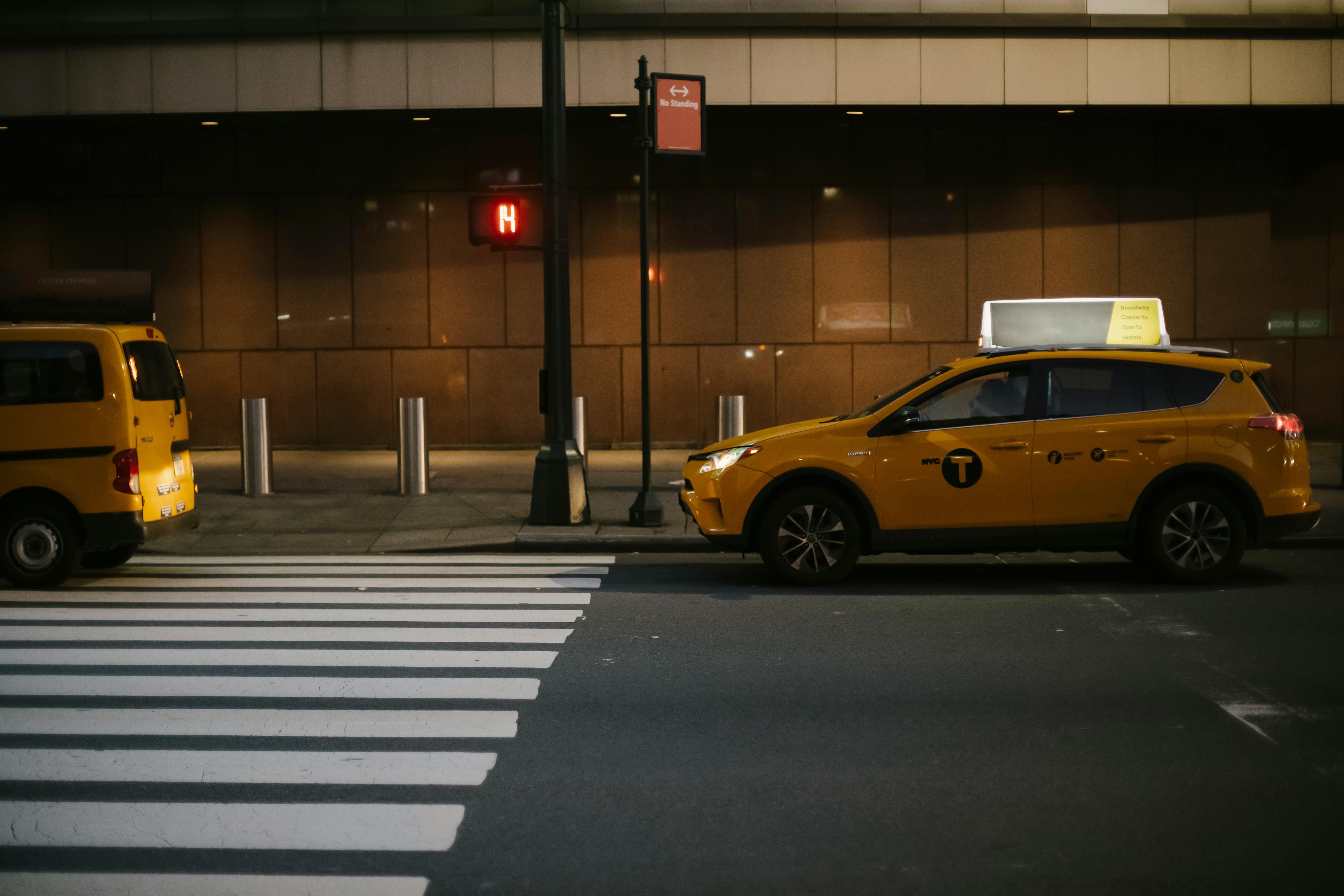The fundamentals or elements of the direction are composition, movement, picturization, pantomimic dramatization and rhythm.
Composition:
It is the physical disposition of the actors or characters on stage with the purpose of:
I. discovery of dramatic actions;
ii. Illustrating those dramatic actions in the simplest way possible through emphasis or contrast to highlight the action. It is static. It is the transit of the actor from one stage to another. It is a trapped movement, a movement frozen in time and space. It is also a dramatic action illustration. Tell a story or information in the act of acting.
Picturization:
It is the visual interpretation of each movement in play. It is the placement of the characters in a place that suggests their emotional and mental attitude towards others, so that the dramatic nature of the situation is covered by an audience without the use of dialogue and movement. In picturization, instinct tells actors to stay away from those who dislike, suspect, oppose, and draw close to those they trust, support, agree with, and love. This state of emotional picturization tells the director where to place each character in a scene in relation to the character.
Movement:
Movement is the image of the stage in action. It has a technical and humorous value. The movements such as the exit and entry or concealment of an object or character are provided by the playwright for the necessary action in the progression of the story. Movements can be rated as strong or weak. The exploitation of strong or weak movements depending on the character, his lines of dialogue and the situation.
Rhythm:
Rhythm is an experience we receive when a sequence of impressions, auditory or visual, has been arranged in a repetition of accented groups. This experience is marked by the will to adjust emotionally and massively to adapt to the pulsating quality of the rhythmic experience related to two fundamental processes of life in nature. One is the heartbeat and the other is the lung breathing.
Pantomime drama:
It is saying something about the elements of the character, the situation and the place through the use of facial expressions, gestures, hand operations, body positions and movements. Pantomime dramatization is the complete visual representation of a play and as such includes the use of composition, representation, movement, rhythm, and pantomime to convey a message without the use of words.


